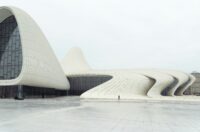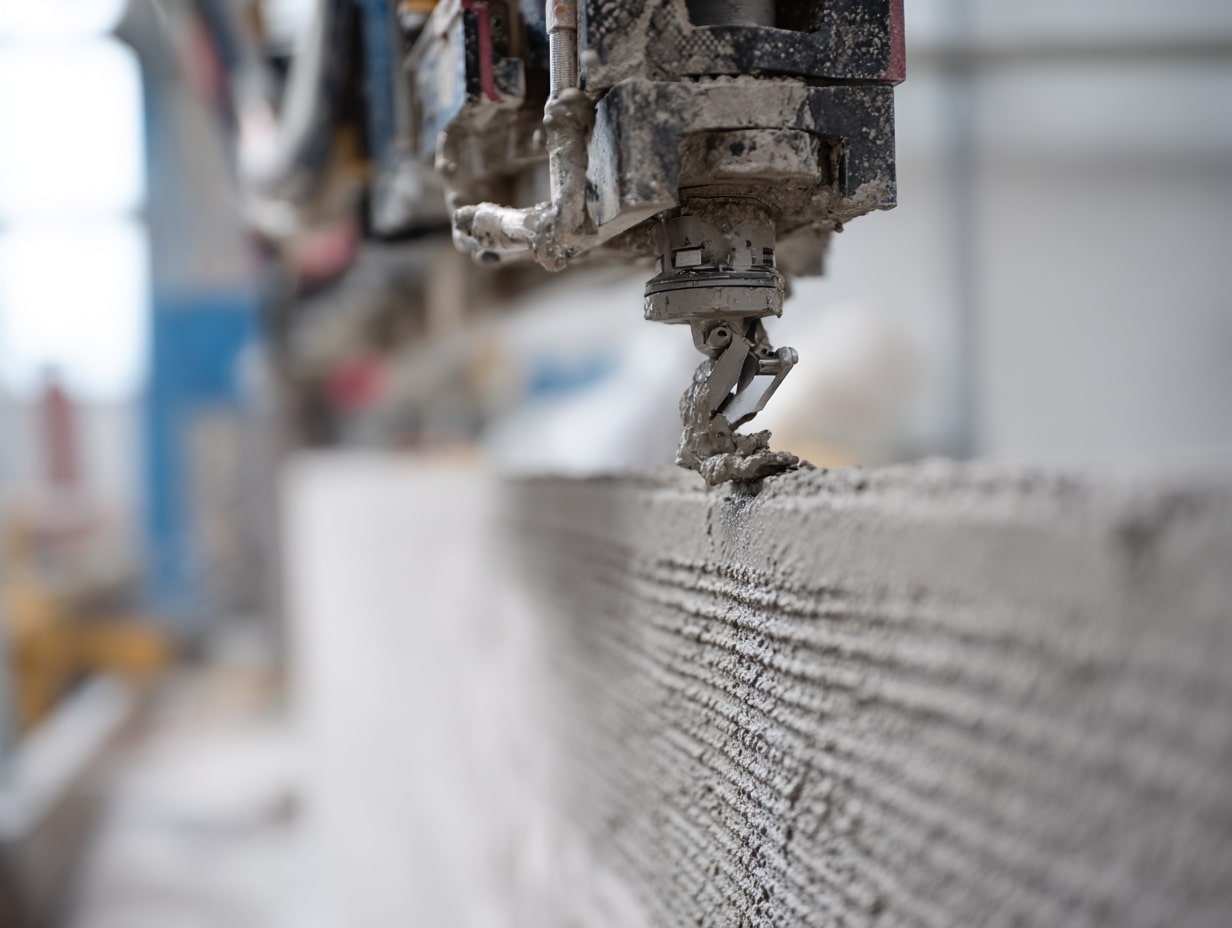- Home
- Articles
- Architectural Portfolio
- Architectral Presentation
- Inspirational Stories
- Architecture News
- Visualization
- BIM Industry
- Facade Design
- Parametric Design
- Career
- Landscape Architecture
- Construction
- Artificial Intelligence
- Sketching
- Design Softwares
- Diagrams
- Writing
- Architectural Tips
- Sustainability
- Courses
- Concept
- Technology
- History & Heritage
- Future of Architecture
- Guides & How-To
- Art & Culture
- Projects
- Interior Design
- Competitions
- Jobs
- Store
- Tools
- More
- Home
- Articles
- Architectural Portfolio
- Architectral Presentation
- Inspirational Stories
- Architecture News
- Visualization
- BIM Industry
- Facade Design
- Parametric Design
- Career
- Landscape Architecture
- Construction
- Artificial Intelligence
- Sketching
- Design Softwares
- Diagrams
- Writing
- Architectural Tips
- Sustainability
- Courses
- Concept
- Technology
- History & Heritage
- Future of Architecture
- Guides & How-To
- Art & Culture
- Projects
- Interior Design
- Competitions
- Jobs
- Store
- Tools
- More
How to Plan Your Trips with a Focus on Architecture: Tips for a Memorable Journey
Uncover the soul of your destination by planning trips with an architectural focus. Discover iconic landmarks, hidden gems, and their cultural stories. Learn tips on creating tailored itineraries, leveraging tools, and capturing intricate details. Transform travel into an immersive exploration of history, culture, and design through the storytelling power of architecture.

Traveling isn’t just about visiting new places; it’s about immersing ourselves in the stories they tell. For architecture enthusiasts, every city, town, or village offers a unique narrative through its buildings, streets, and skylines. From historic landmarks to architectural marvels, modern reveals the culture, history, and creativity of a destination in ways that words often can’t.
Planning a trip with architecture in mind takes a bit more effort, but it’s incredibly rewarding. We get to uncover hidden gems, explore iconic structures, and truly connect with the essence of a place. Whether it’s strolling through ancient ruins or marveling at futuristic designs, focusing on architecture transforms a regular trip into an inspiring journey. Let’s dive into how we can craft the perfect travel itinerary that celebrates the art and soul of architecture.
Table of Contents
ToggleWhy Focus On Architectural Travel?
Architectural travel offers a unique lens to understand a destination. By exploring its structures, we gain insights into the region’s cultural identity, societal values, and historical evolution. Buildings carry the imprint of traditions, innovations, and events that shaped their communities.
Experiencing architecture creates connections with the past and present. For example, visiting ancient temples reveals early engineering marvels, while modern skyscrapers showcase cutting-edge designs. These contrasts highlight the dynamic ways societies evolve.
Architectural details often unveil hidden narratives. Urban layouts, façade designs, and structural motifs reflect intricate aspects of design philosophies and local customs. Iconic examples include Gothic cathedrals in Europe, Art Deco buildings in Miami, and traditional Japanese tea houses.
Focusing on architecture enriches travel experiences by offering depth beyond surface-level tourism. Instead of merely observing, we immerse ourselves in the symbolic and tangible essence of a place. This approach turns every destination into a living museum of design and history.

Researching Architectural Destinations
Researching architectural destinations enhances trip planning by helping us identify significant sites and uncover unique structures. Focusing on both grandeur and subtlety ensures a well-rounded experience.
Identifying Iconic Landmarks
Iconic landmarks represent a destination’s architectural identity and cultural significance. We can start by listing globally recognized structures like the Eiffel Tower in Paris, the Great Wall of China, or the Sydney Opera House. Adding UNESCO World Heritage Sites ensures historical and architectural value. Researching each landmark’s background provides context, helping us appreciate its design, significance, and impact.
Exploring Local Hidden Gems
Hidden gems often showcase authentic local craftsmanship and unique design influences. We recommend investigating neighborhoods, smaller cities, or rural areas where lesser-known structures await. Architectural styles like Art Nouveau, industrial design, or vernacular architecture often emerge in these spaces. Engaging with local blogs or forums helps locate such sites, while visiting areas with fewer tourists adds a fresh perspective to trips.
Leveraging Online Resources And Guides
Online platforms simplify the architectural research process. Websites like ArchDaily, Atlas Obscura, and Lonely Planet offer guided lists, detailed descriptions, and user reviews. Virtual tours and apps like Google Arts & Culture make remote exploration easier. Specific architectural databases allow us to filter destinations or styles, creating a tailored itinerary quickly. Combining digital resources with traditional guidebooks offers the most comprehensive planning approach.

Planning Your Itinerary
Crafting an itinerary around architecture requires thoughtful consideration to ensure a fulfilling experience. By balancing architectural exploration with leisure, allocating time effectively, and factoring in seasonal shifts, we can create a seamless travel plan.
Balancing Architecture And Leisure
Incorporating leisure time enhances the overall experience of architectural travel. We recommend mixing visits to iconic landmarks, such as cathedrals or historic palaces, with unstructured periods for local exploration. For example, after touring a famous structure like La Sagrada Familia, we can stroll nearby neighborhoods to experience everyday interactions with architecture. Including activities like dining in architecturally significant restaurants enriches understanding while providing relaxation.
Allocating Time For Each Location
Strategically dividing time ensures we maximize our itinerary. We allocate more hours to complex sites, like ancient ruins or museums with architectural exhibits, as they often demand in-depth exploration. For smaller yet impactful locations, such as modernist townhouses or decorative bridges, shorter visits suffice. Grouping sites by geographic proximity minimizes transit time and avoids fatigue.
Considering Seasonal Factors
Seasons affect accessibility and the ambiance of architectural sites. Certain landmarks, such as open-air ruins or gardens, resonate more during specific times of the year. We suggest prioritizing indoor structures, like art deco theaters, during colder months and reserving summer for outdoor spaces like piazzas and historical forts. Checking local festivals linked to architecture also adds unique elements to the trip.

Tips For An Enriching Experience
Planning a trip with a focus on architecture involves thoughtful strategies to make the experience educational and memorable. By incorporating specific practices, we can engage more deeply with each destination’s architectural heritage.
Hiring Local Guides
Local guides offer in-depth knowledge of architectural styles, design details, and historical significance. They help us understand nuances that might be missed during self-guided tours. For instance, in cities like Rome or Kyoto, guides can explain the historical layering of ruins or temples, enriching our appreciation. To find reputable guides, we rely on platforms like ToursByLocals or reviews on Viator, ensuring expertise and authenticity.
Understanding The Cultural Context
Architectural structures often reflect cultural values and societal norms. Before visiting a site, we study its historical background and cultural importance. Resources like UNESCO listings or museum websites provide insights that deepen our understanding. For example, India’s Mughal architecture reveals a fusion of Persian and Indigenous design philosophies. Building this cultural awareness enhances the connections we make when observing detailed carvings, layouts, or urban planning.
Capturing Architectural Highlights
Photography serves as a tool to document unique styles and intricate details. We focus on aspects like symmetry, lighting, and scale for impactful photos. Early mornings or golden hour deliver ideal lighting for exteriors, especially at sites like the Acropolis in Athens. A wide-angle lens helps capture expansive structures, while a close-up lens highlights patterns or textures. Respecting signage and avoiding flash ensures preservation while capturing moments authentically.

Tools And Apps For Architecture Enthusiasts
Efficient tools can elevate architectural travel, aiding both planning and documenting experiences. Leveraging technology simplifies research, navigation, and preserving memories of architectural wonders.
Travel Planning Apps
Travel-focused apps streamline itinerary creation for architecture enthusiasts. Platforms like Google Maps allow us to save specific sites and view reviews or photos for architectural insights. Rome2Rio integrates transportation options, helping us navigate complex urban areas with ease. For discovering unique architectural landmarks, apps like Culture Trip and Trover offer recommendations with cultural and historical context. Field Guide for Architecture, available in certain regions, provides curated collections of notable buildings, complete with descriptions and maps.
Photography And Documentation Tools
Capturing architectural details demands precision and preparation. Apps like ProCamera and Adobe Lightroom Mobile enhance photography quality by offering tools for adjusting exposure and correcting perspectives. Snapseed is ideal for quick edits, allowing us to highlight intricate patterns or striking forms. For creating detailed records, we use digital notebooks like Evernote to attach photos with location tags and notes. When designing portfolios of visits, tools like Canva enable us to present images in visually compelling formats.
Conclusion
Planning trips with an architectural focus transforms travel into a deeper exploration of history, culture, and design. By combining research, thoughtful itineraries, expert insights, and digital tools, we can create immersive experiences that celebrate the unique narratives of each destination. Architecture offers a lens through which we connect with the soul of a place, turning our journeys into engaging stories told through the artistry of structures and spaces.
- architectural journey planning
- architectural sites travel
- architecture lover travel tips
- architecture tour planning
- architecture travel guide
- architecture travel itineraries
- architecture travel tips
- architecture vacation planning
- architecture-centric travel
- architecture-focused travel
- best architecture destinations
- exploring architecture
- historic architecture travel
- memorable architecture trips
- planning architecture tours
- trip planning for architecture enthusiasts
- unique architecture trips
Submit your architectural projects
Follow these steps for submission your project. Submission FormLatest Posts
3D Printed Homes: Time, Cost, and What to Expect
3D printed homes explained: realistic timelines (24–72h walls, 8–16 weeks total), true...
How a Contact Centre Boosts Trust in Your Building Business
In construction, trust is the glue that holds projects together. Clients need...
How Real Time Parcel Geolocation Is Redefining Last Mile Efficiency for Modern Businesses
Last mile delivery has become the most critical point in the customer...
How Can Small Spaces Stay Stylish and Relaxing?
In today’s fast-paced urban lifestyle, small living spaces are becoming increasingly common....












Leave a comment